Introduction: A Legacy Built on Perfection
Rolls-Royce, the name alone evokes a sense of luxury, refinement, and exceptional craftsmanship. Founded in the early 20th century, Rolls-Royce has carved out a unique place in the automotive world, known not only for producing the finest luxury cars but also for its innovations in engineering, design, and performance. This article delves into the history of Rolls-Royce, exploring how it evolved from humble beginnings to become a global icon. We will examine its impact on the automotive world, its commitment to quality, and how it has maintained its relevance in a changing industry. By understanding the past, we can appreciate how Rolls-Royce continues to push boundaries and set new standards for luxury and performance in the 21st century.
1. The Origins of Rolls-Royce: Crafting the Perfect Automobile
- Founding of Rolls-Royce: Charles Rolls and Henry Royce Rolls-Royce was founded in 1906, born from the collaboration of two very different men: Charles Rolls, an aristocrat and early aviation pioneer, and Henry Royce, a brilliant engineer with a relentless pursuit of perfection. Rolls, who was passionate about cars and engineering, sought a way to bring Royce’s technical genius to the automotive world. Royce, on the other hand, was a meticulous engineer who believed that every detail of his machines should be perfect.
- The First Rolls-Royce Model: The Royce 10 The first car to bear the Rolls-Royce name was the Royce 10, introduced in 1904. Though not yet the Rolls-Royce of legend, it laid the foundation for the company’s approach to engineering and quality. In 1906, the first true Rolls-Royce vehicle, the Silver Ghost, was unveiled. It was called “The Best Car in the World” due to its outstanding reliability, performance, and craftsmanship.
- The Silver Ghost: Setting the Standard for Luxury The Silver Ghost was an immediate success. Its engineering, including the famous six-cylinder engine and high-performance chassis, made it a favorite among high society. Rolls-Royce cars quickly became synonymous with wealth and royalty, with the Silver Ghost earning a reputation for its reliability and refinement.
2. Growth and Global Prestige: Rolls-Royce in the Early 20th Century
- The Impact of the Silver Ghost on Rolls-Royce’s Reputation The Silver Ghost’s success not only cemented Rolls-Royce’s reputation as the manufacturer of the finest automobiles but also led to a worldwide demand for its vehicles. Rolls-Royce became the car of choice for the British aristocracy, heads of state, and notable individuals such as Winston Churchill, who owned a Rolls-Royce Silver Ghost.
- The Rise of the Phantom: A Symbol of Nobility In 1925, Rolls-Royce introduced the Phantom I, the first of a long line of vehicles bearing the Phantom name. The Phantom series became the epitome of luxury, representing Rolls-Royce’s continued commitment to excellence in both engineering and design. The Phantom, as a model, would evolve over the decades and become a central piece of the Rolls-Royce identity.
- World War II and the Post-War Impact During World War II, Rolls-Royce was pivotal in the development of aircraft engines, contributing to the war effort. After the war, the company’s automobile division continued to flourish. The Silver Cloud and Silver Shadow were introduced, becoming staples of luxury and elegance in the post-war period. Rolls-Royce’s cars became a symbol of the new, post-war luxury, appealing to a rising global elite.
3. The Evolution of Rolls-Royce: Engineering, Design, and Innovation
- Technological Advances and Innovations in the 20th Century Throughout the 20th century, Rolls-Royce continually pushed the boundaries of automotive technology. The company introduced innovations such as the V8 engine in the 1950s and the first fully independent suspension in the 1960s. This section will explore the engineering milestones that made Rolls-Royce vehicles not just beautiful to look at but technologically advanced.
- The Introduction of the V12 Engine: A New Era of Performance One of the defining features of modern Rolls-Royce cars has been their V12 engine, introduced in the Rolls-Royce Phantom III in 1936. The V12 offered an unprecedented level of smoothness and power, allowing Rolls-Royce to maintain its reputation for effortless performance.
- Interior Craftsmanship: Rolls-Royce’s Dedication to Luxury Rolls-Royce vehicles have always been renowned for their extraordinary attention to detail, particularly in the interior. Every car is meticulously crafted, using the finest materials—exotic woods, fine leathers, and rare metals. Rolls-Royce is perhaps most famous for its bespoke interiors, where every detail can be tailored to the customer’s exact specifications.
- The Spirit of Ecstasy: A Symbol of Elegance The Spirit of Ecstasy, the iconic mascot that adorns the bonnet of every Rolls-Royce, has become a symbol of the brand’s elegance, power, and beauty. The history behind this iconic symbol, designed by Charles Sykes in 1911, reflects the brand’s commitment to artistry and attention to detail in every aspect of the car’s design.
4. Rolls-Royce in the 21st Century: Adapting to a Changing Automotive Landscape
- The BMW Era: A New Chapter for Rolls-Royce In 1998, Rolls-Royce was acquired by BMW, which marked the beginning of a new era for the brand. The move allowed Rolls-Royce to benefit from BMW’s advanced engineering and technological expertise, which helped the company stay competitive in the rapidly changing automotive landscape. The Rolls-Royce Phantom was reintroduced in 2003, now under BMW’s ownership, with a new, more modern design and features while maintaining the brand’s core values.
- Rolls-Royce and the Rise of Luxury SUVs: The Cullinan In 2018, Rolls-Royce introduced its first-ever SUV, the Cullinan, marking the brand’s entry into the luxury SUV market. The Cullinan combines Rolls-Royce’s signature performance and luxury with the versatility and ruggedness expected of an SUV. With features such as a V12 engine, air suspension, and the trademark attention to detail, the Cullinan has been a huge success.
- Sustainability and Innovation: The Spectre Electric Car Rolls-Royce has long been associated with luxury, but in recent years, the brand has adapted to the growing demand for sustainability in the automotive sector. The Rolls-Royce Spectre, the company’s first fully electric vehicle, represents the brand’s response to the electric revolution. The Spectre combines Rolls-Royce’s traditional values of elegance and craftsmanship with cutting-edge electric technology, offering a glimpse into the future of luxury motoring.

5. The Rolls-Royce Bespoke Experience: Crafting Individual Luxury
- Bespoke Design Services: Personalization at the Highest Level One of the most distinct aspects of Rolls-Royce is its Bespoke program, which allows customers to personalize nearly every aspect of their vehicle, from the exterior color to the interior materials. This section will explore the Bespoke process, showcasing some of the most extraordinary customizations ever made, from hand-painted murals to rare wood veneers and luxury finishes.
- The Rolls-Royce “Coachbuild” Experience In recent years, Rolls-Royce has brought back the concept of coachbuilding, working with select clients to design and craft one-off, bespoke cars. These vehicles represent the ultimate in luxury and exclusivity, blending Rolls-Royce’s engineering excellence with the customer’s personal vision.
6. Rolls-Royce’s Vision for the Future: Electrification, Autonomous Driving, and Beyond
- The Road Ahead: Rolls-Royce’s Electrification Strategy As the automotive industry shifts toward electrification, Rolls-Royce is committed to producing only electric vehicles by 2030. This section will discuss the company’s strategy for integrating electric drivetrains while maintaining the hallmark performance, luxury, and craftsmanship of its vehicles.
- Autonomous Driving: The Future of Luxury Driving While Rolls-Royce vehicles have always been about the experience of driving, the company is also exploring autonomous driving technologies. This section will look at how Rolls-Royce envisions the future of driving, where the focus may shift more toward comfort, relaxation, and luxury rather than manual control.
- Sustainability and Innovation The future of Rolls-Royce will also involve sustainable practices in manufacturing, materials, and operations. The brand’s commitment to eco-friendly materials, carbon neutrality, and sustainable luxury will be pivotal as it adapts to new societal expectations and regulations.
Conclusion: The Timeless Allure of Rolls-Royce
Rolls-Royce has endured as the ultimate symbol of automotive luxury, combining timeless craftsmanship with modern engineering. From its beginnings in the early 20th century to its current innovations in electric and autonomous driving, Rolls-Royce continues to lead the world in automotive excellence. As the brand looks toward the future, it remains committed to upholding the principles of perfection, elegance, and performance that have made it a legend in the automotive world. Rolls-Royce is not just a car—it’s a statement of luxury, artistry, and innovation.



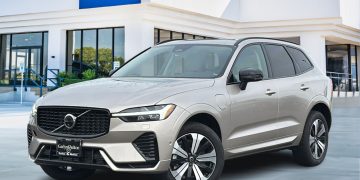
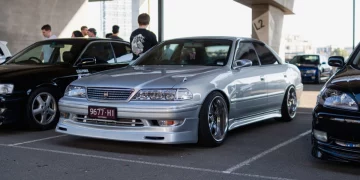

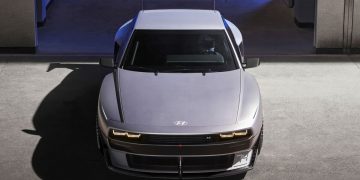

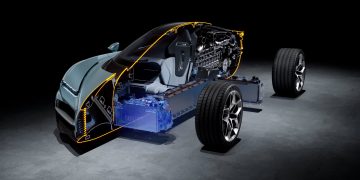





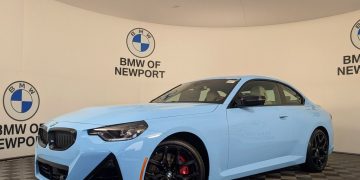






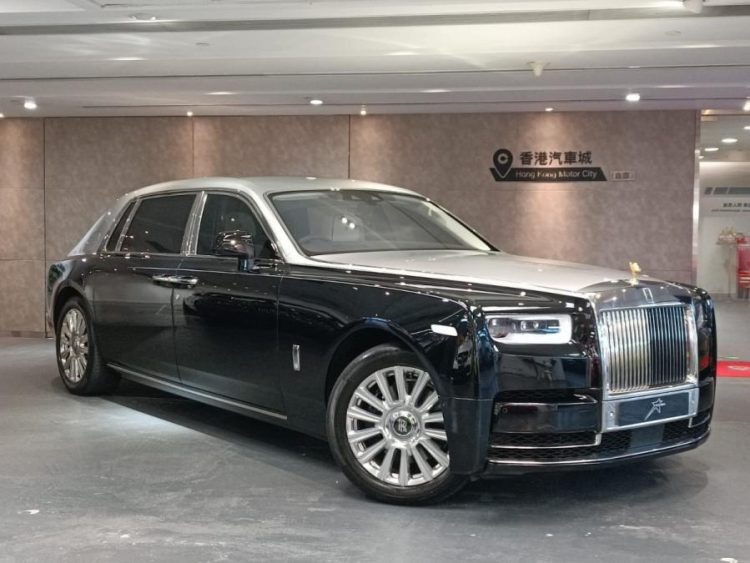












Discussion about this post